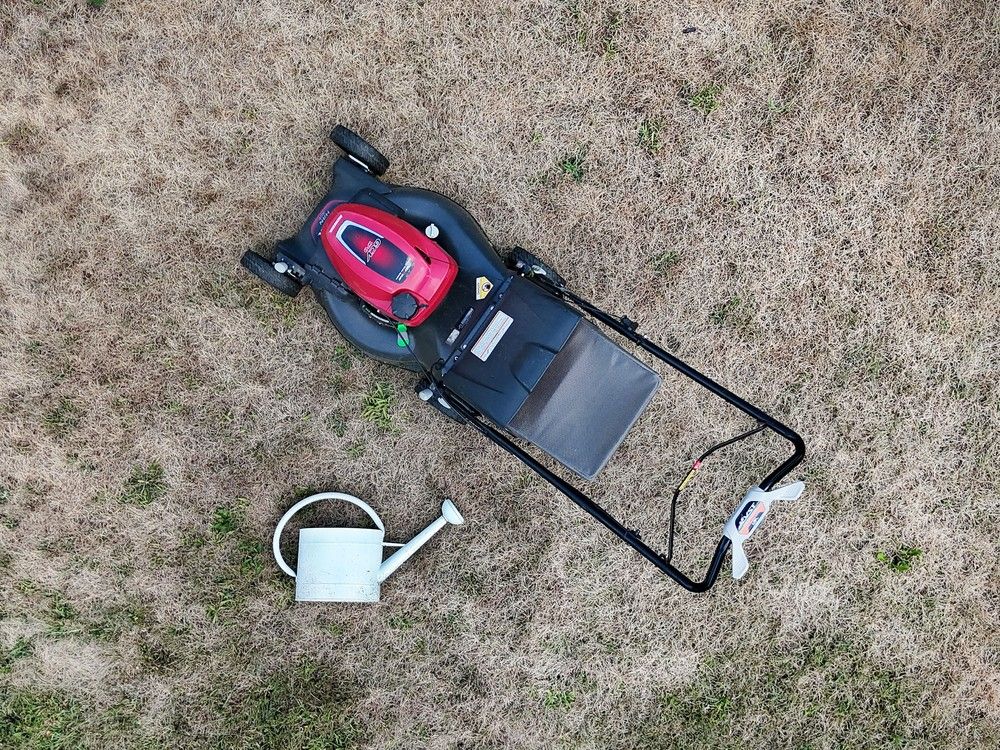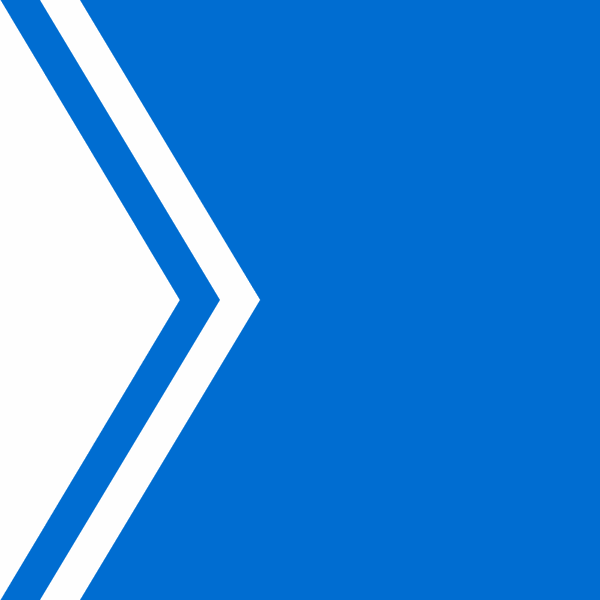We’re surrounded these days by
soothing fields of sepia
, tan, yellow and sable —
an artist’s sunset of ambers,
mustards, sunflowers and golds. Vincent van Gogh, I’m convinced, would be ecstatic to live in Ottawa right now.
I refer to our lawns
, these parched patches of sod baked to the colour of wholewheat toast by one rain-free heatwave after another.
We all have lawns, or at least 71 per cent of Ottawans do, according to Statistics Canada’s 2021
water usage figures
.
And, of course, we water them.
Yet, as difficult a pivot as it may be to make, perhaps it’s time we turned off our sprinklers and embraced the umber.
Ottawa, you’re likely aware, is experiencing a drought. Over the past 90 days, the area has only received between 50 and 70 per cent of its usual rainfall, and over the last 30 days, only about 40 per cent.
Meanwhile, there have been
22 days so far this year
when temperatures in the area have hit 30 degrees Celsius, which is double the historic average from June through August.
These conditions prompted the Rideau Valley Conservation Authority to declare a Level 3 Low Water Advisory — the highest of three levels pointing to potential trouble — throughout its watershed, a 4,000-sq-km area that stretches from Westport through Perth, Smiths Falls, Kemptville and about half of Ottawa.
Drought conditions are putting increased pressure on both surface and groundwater, making water conservation essential. “Residents and businesses across the Rideau Valley watershed,” says RVCA’s website, “are strongly encouraged to reduce their overall water use and suspend non-essential water activities until natural supplies begin to recover.”
Low-water levels in the Mississippi Valley Conservation Authority’s watershed, which includes Carp, Carleton Place, Almonte and Lanark, remain at Level-1, or minor, for the Mississippi River and Level-2, or moderate, for the Carp River. However, according to Kathryn Starratt, MVCA’s water resources expert, current data suggests we’re still moving into the drought, and not out of it, and that those levels could be heightened.
“We have a bit of rain in the forecast and we’re waiting to see if that has an impact on the system, but I’d say we are approaching higher levels.”
South Nation Conservation, meanwhile, which includes Navan, Greely, Metcalfe, Russell and Osgoode, has maintained a Level-2, or moderate, status since Aug. 11, urging residents, businesses, farmers and municipalities in its watershed to reduce non-essential water use by 20 per cent.
Keep in mind that these low-water-level advisories don’t affect most Ottawa residents. The tap water that 93 per cent of us drink comes from the Ottawa River, and we only use about one per cent of its flow.
“Water restrictions have not been required in the City of Ottawa on the central system and most municipal communal well systems in over a decade,” according to Gen Nielsen, Ottawa’s director of Water Facilities and Treatment Services, When restrictions were required, she added, they weren’t related to extreme dry weather.
So our faucets are safe, but it’s our landscape that’s thirsty. It raises the question, though: what role do we play when our personal supply is secure, but that of some of our neighbours’ and the ecosystem’s isn’t? Why should we stop watering our lawns?
Notwithstanding that they’re biodiversity deserts, our lawns broadcast our values. A lush, verdant lawn in the middle of a drought says “I care about appearances.” It’s like leaving your Christmas lights on during an energy crunch. In contrast, a brown lawn says, “I’m paying attention.”
After all, the Ottawa River and its tributaries, the wetlands and the groundwater comprise one big system. When we ease up on our sprinklers and hose nozzles, even symbolically, we show we understand that fragility.
It may also be an important habit to develop. Climate change is likely going to make summers like this one more common, and while the Ottawa River looks endless today, that may not always be the case. Adopting water-conservation methods now will make it easier when we’re forced to; brown lawns can be our training wheels for a future when water becomes scarcer.
So let’s wear these burnt patches like badges of honour. Turn off our sprinklers and save the Ottawa River for our drinking glasses. Plant some black-eyed susans and milkweeds. Let brown be our new green. It’s not the colour of neglect, it’s the colour of responsibility.
Brown-brag: send us photos of your bone-dry lawn to [email protected]
Related
- This is Ottawa’s driest summer since 2012
- Businesses with permits to take Carp River water asked to reduce consumption



